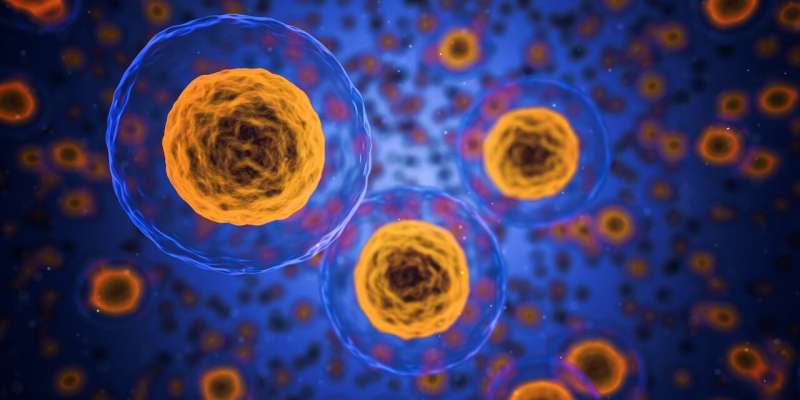Uncovering How Bone Metastasis Causes Anemia Through Cancer's Iron Hijacking

New research reveals how metastatic cancer in bone hijacks iron-recycling cells, leading to anemia and supporting tumor growth. Discover the cellular mechanisms behind this process and potential therapeutic approaches.
Researchers from Princeton University have uncovered a cellular mechanism explaining why bone metastasis often results in anemia in cancer patients. The study, published in the journal Cell, reveals that metastatic cancer cells in bone tissue hijack specialized iron-recycling cells, known as erythroblast island (EBI) macrophages. Under healthy conditions, these macrophages support red blood cell development by supplying iron; however, in the presence of cancer, tumor cells manipulate these macrophages, diverting their iron away from developing red blood cells and supporting tumor growth instead.
The research team, led by Yibin Kang and Yujiao Han, found that cancer cells effectively 'commandeer' EBI macrophages, depriving red blood cells of the iron necessary for their maturation, which contributes to anemia. Interestingly, the tumor cells also adapt by producing hemoglobin, mimicking red blood cells, to survive in the oxygen-poor environment of the bone. This process not only sustains the tumor but also creates a cycle of iron theft and red blood cell production disruption.
The study emphasizes the importance of viewing metastasis not only from the perspective of cancer 'seeds' but also by understanding the 'soil'—the surrounding environment that nurtures or inhibits cancer growth, as proposed by the 'seed and soil' hypothesis. Advanced cell-labeling and single-cell sequencing techniques allowed scientists to visualize and map the bone marrow microenvironment, uncovering how cancer cells recruit macrophages to support tumor expansion.
This discovery opens potential new avenues for therapies targeting the tumor's manipulation of iron metabolism in bone metastasis. Such strategies aim to not only slow or halt tumor progression but also to alleviate associated complications like anemia, significantly improving patient quality of life.
In addition to metastatic breast cancer, these findings could apply to other cancers that spread to bone, providing a broader understanding of how tumors interact with their microenvironment. This research underscores the significance of targeting both cancer cells and their supportive niches for more effective treatments.
Source: https://medicalxpress.com/news/2025-09-cancer-iron-theft-uncovers-bone.html
Stay Updated with Mia's Feed
Get the latest health & wellness insights delivered straight to your inbox.
Related Articles
Feasibility of Allogeneic Hematopoietic Cell Transplantation in Elderly Patients with Myelodysplastic Syndrome
A recent study demonstrates that allogeneic hematopoietic cell transplantation is a feasible and effective treatment option for older adults with myelodysplastic syndrome, showing comparable survival outcomes to younger patients.
The Role of Balanced Excitatory and Inhibitory Neurons in Brain Memory Processing
New insights reveal that the balance between excitatory and inhibitory neurons is crucial for efficient memory storage and processing in the brain, advancing our understanding of neural network dynamics.
Research Reveals Higher Risk of Death in Pediatric Intensive Care Among Ethnic Minority and Economically Disadvantaged Children
A comprehensive UK study reveals that children from ethnic minorities and poorer areas face higher risks of death and longer stays in pediatric intensive care, highlighting urgent healthcare inequalities.



